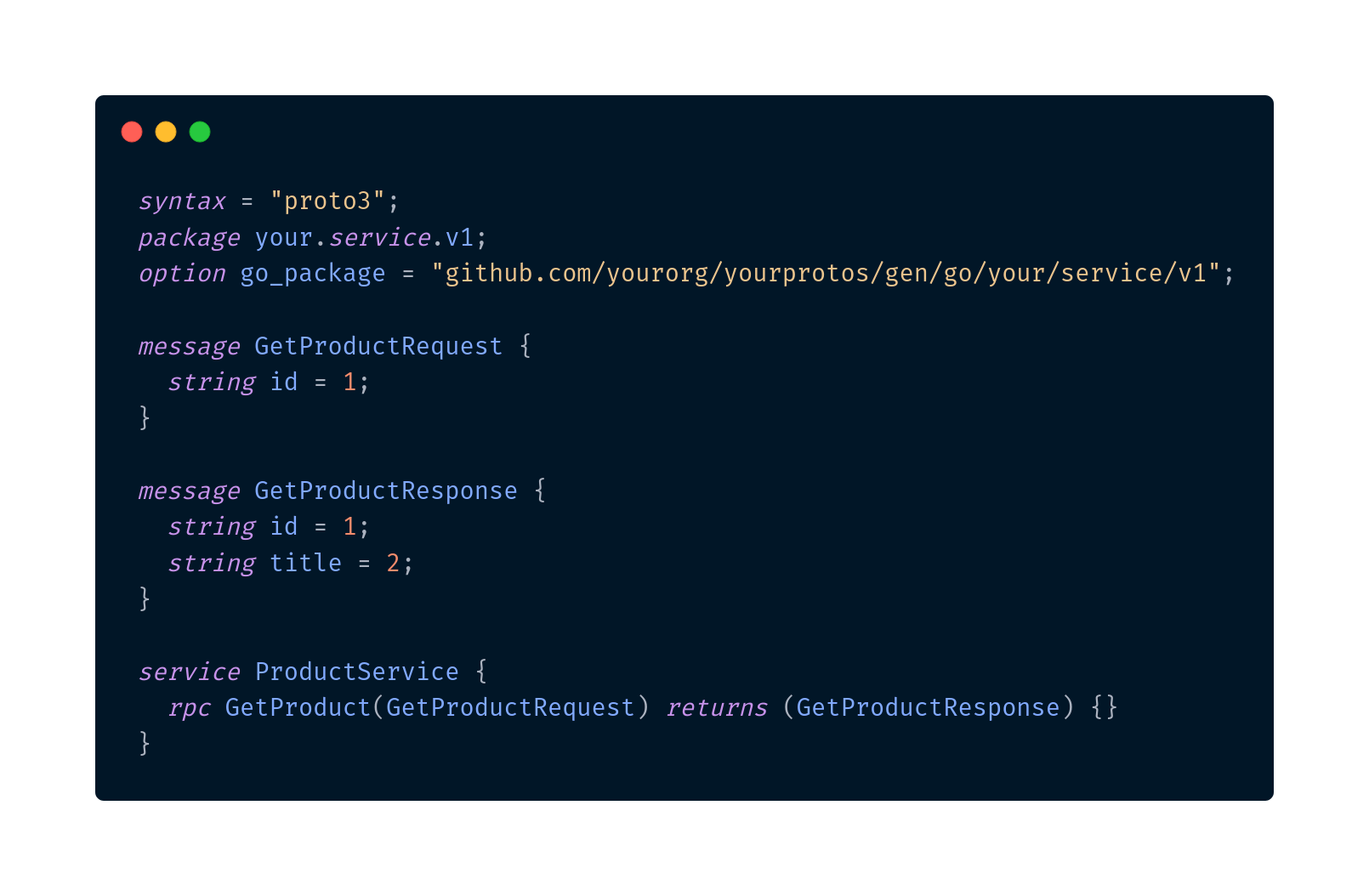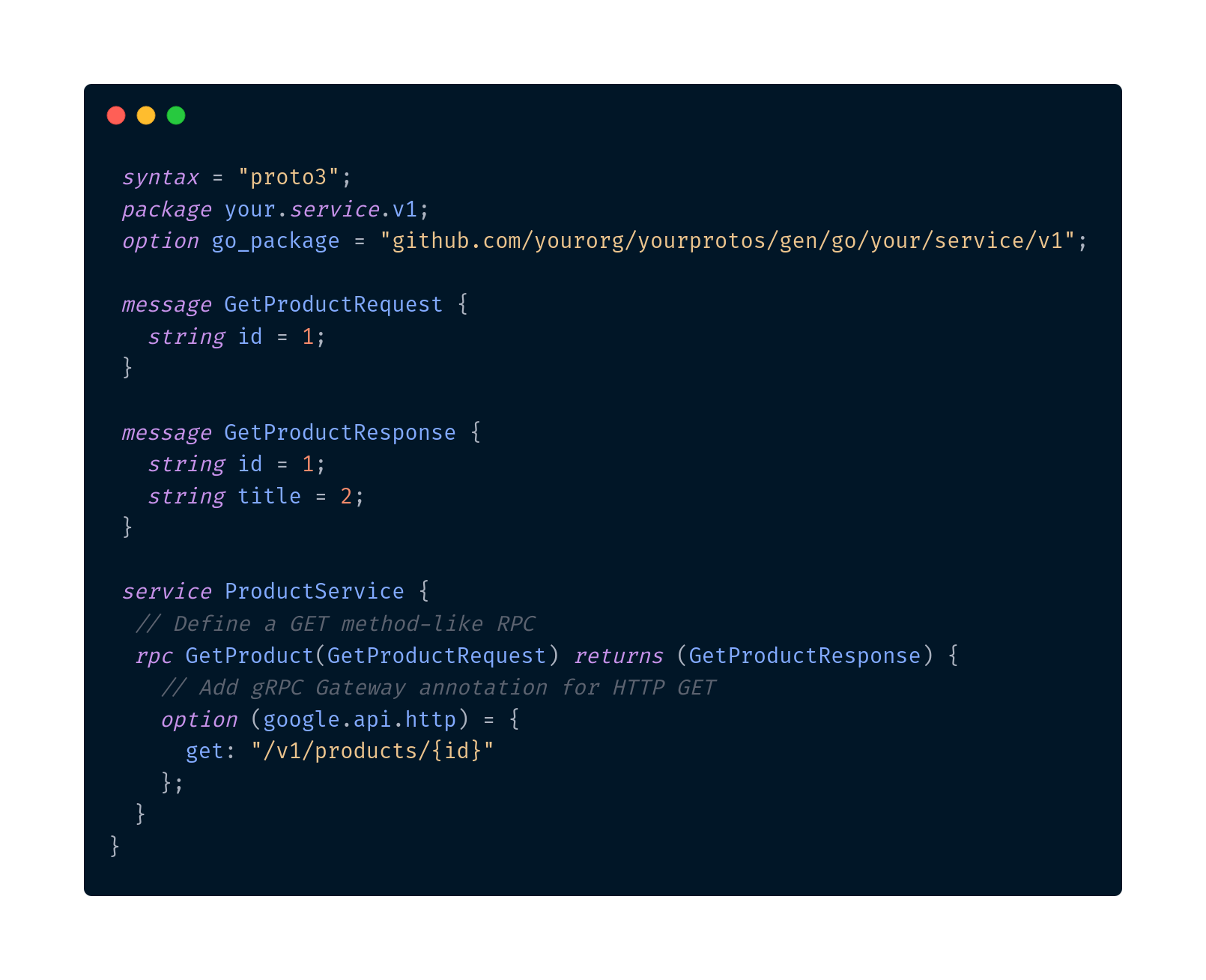Q1: Why gRPC is not popular?
gRPC is still gaining popularity due to its steep learning curve and stricter compatibility requirements than REST. However, its performance benefits and strong ecosystem make it an excellent choice for many use cases.
Q2: What is a gRPC-gateway?
A gRPC-gateway is a Go-based library that provides a reverse-proxy server capable of generating RESTful HTTP interfaces from gRPC APIs.
Q3: What is the difference between gRPC and gRPC-gateway?
gRPC is a high-performance framework for building efficient APIs, while gRPC-gateway is a tool that assists in generating RESTful HTTP APIs from gRPC APIs.
Q4: Is gRPC an API gateway?
No, gRPC is not an API gateway. It is a framework for building efficient and scalable APIs. However, gRPC can be combined with tools like gRPC-gateway to act as a gateway between gRPC and RESTful interfaces.
Q5: What is the maximum size of gRPC-gateway?
The maximum payload size for gRPC-gateway depends on the HTTP server and client configurations. It is not inherently limited by gRPC-gateway itself.
Q6: Why use gRPC instead of REST?
gRPC offers numerous advantages over REST, including better performance, smaller payload size, and automatic code generation. It also supports bidirectional streaming and has strong support for different programming languages, making it an attractive choice for building modern distributed systems.
Q7: Is gRPC owned by Google?
While gRPC was initially developed by Google, it is now an open-source project with an active community. The Cloud Native Computing Foundation (CNCF) oversees its development.
Q8: Is gRPC really faster than REST?
Yes, gRPC is known for its superior performance compared to REST due to its use of protocol buffers and binary transmission. However, the performance gain depends on the specific use case and network conditions.
Q9: What are the disadvantages of gRPC?
Some potential disadvantages of gRPC include its learning curve, compatibility constraints, and lack of support for older browsers. Additionally, it may not be suitable for all use cases, particularly when interoperability with non-gRPC systems is critical.
Q10: Why is gRPC so popular?
gRPC's popularity stems from its ability to provide efficient communication, support for multiple programming languages, and a strong ecosystem with a wide range of libraries and tools. Its emphasis on high performance and scalability has made it an appealing choice for modern distributed systems.
In conclusion, gRPC-gateway is a valuable library in the golang ecosystem for seamlessly integrating RESTful APIs with gRPC. If you want to explore it more, contact our backend developer Atif.








